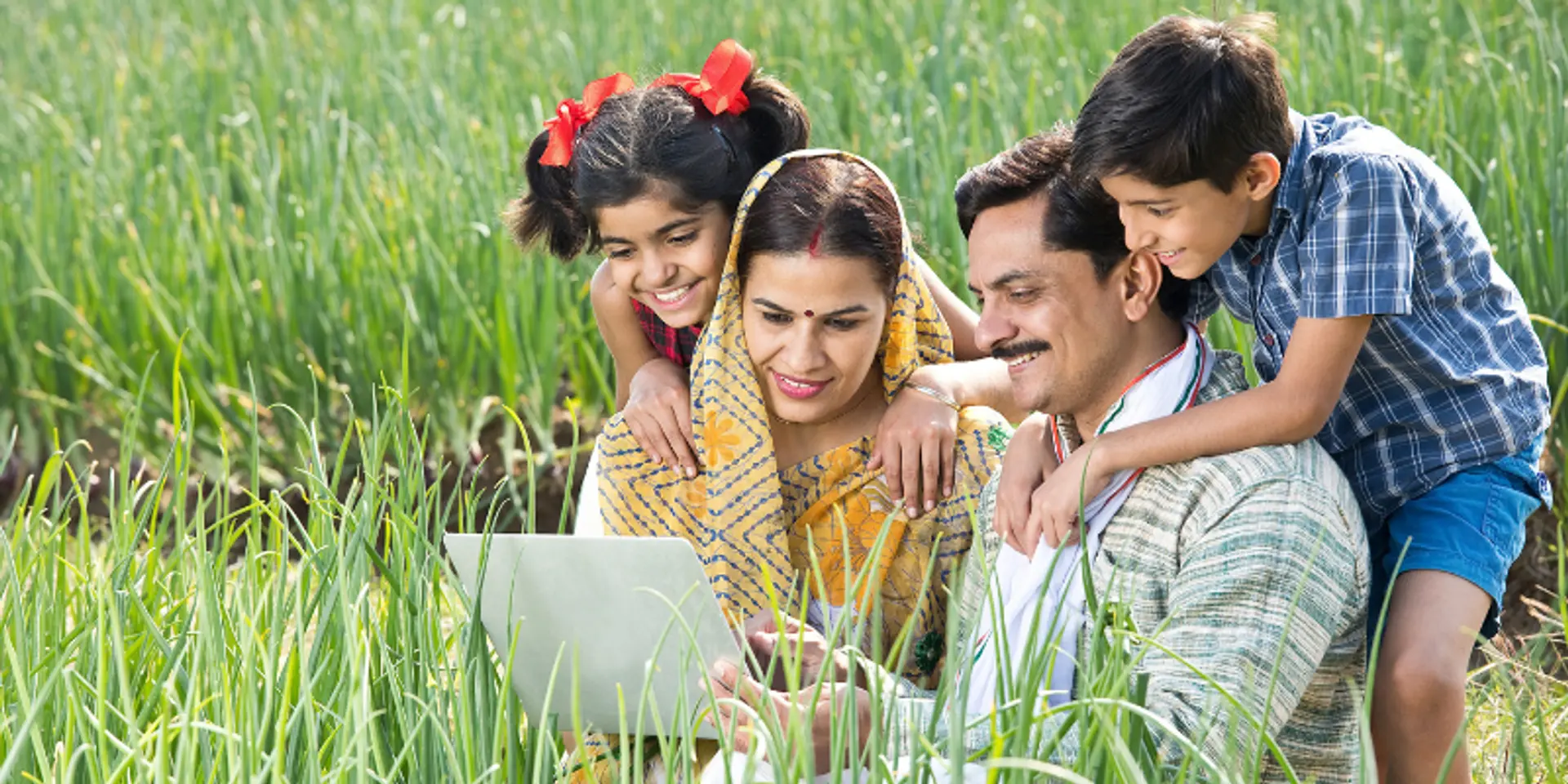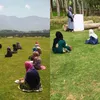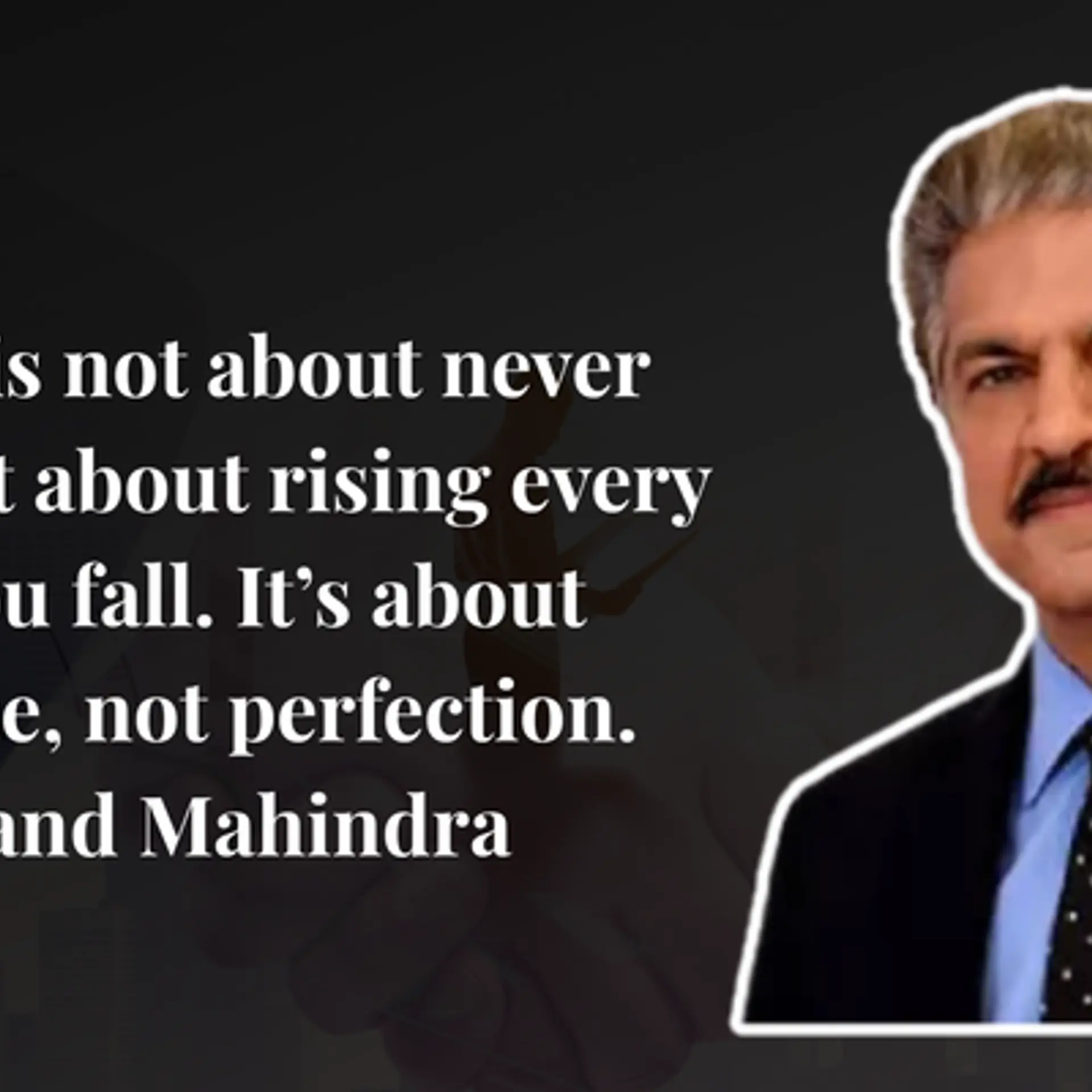Technology for social impact at a grassroot level
Puja Marwaha- CEO, Child Rights and You (CRY), describes how the organisation tapped into technology to make sure children in even remote corners of country were accounted for.
She was cautious with every letter she typed. Her induction to the world of technology started slowly as computers were still not an ally she could trust. The hand-written notes in the age old registers gave her much more comfort than the keyboard.
Meet Ms Alamelu, a crusader of child rights from the grassroot organisation, Salem People’s Trust (SPT), who is one of the many to embrace technology as a tool to fight for the cause of children.
The concept of children being entitled to rights is not too old. Working in this domain for the last 20 years has made me believe that true development of the society lies not only on technological progress, but a child’s quality of life and the ecosystem they live in. In the holistic development of our children lies the success of our country’s future.
CRY has been working on some very intrinsic child rights issues for the last four decades. The complexity of problems children face makes it a gigantic task to keep regular tabs on them for sustained intervention.
Here the need of technology is felt most to measure coverage, improve efficiency, and offer real-time on ground solutions to the beneficiaries, whilst ensuring a lasting change in their lives.
Information empowers and technology facilitates that. Interpretation of data converts inanimate numbers to one of the most effective tools of change.
Understanding the foundation of this basic need made Oracle partner with CRY. With an Oracle grant of around Rs. 3.5 crore, CRY was able to digitise information at the grassroot level, and enhance its accessibility through apt use of technology.
I still remember the first meeting we had with few of our community organisers, when we wanted to officially induct them to the idea of Results Based Management System (RBMS). An air of self-doubt, curiosity and anxiety filled the otherwise silently confident ambience.
These crusaders defy seasons and challenges, and reach out to each and every household under their jurisdiction to ensure that every child is accounted for.
A multi layered training programme devised for community organisers was first introduced in manual formats of data collection, and later replicated into an excel sheet. Data inputting and simple techniques of analysis were used to give data collected a quantifiable perspective.
The next step was to create a software. A company called ‘Mahiti’ came in here, who helped with their technical expertise.
An app with an extremely user-friendly interface was developed, which could be operated offline as well. This proved to be a huge advantage, as many of CRY’s projects are based in interior parts of the country, often outside any network coverage. Further to this, the platform was made multi-lingual to further assist community organisers to collect, assess and suggest advocacy programmes.
Till date, around 311 digital tablets have been handed over to community mobilisers from around 80 projects, who are carefully maintaining records of around three lakh children. A dream or a vision when quantified with numbers becomes an aspiration, this when further unitised to small goals becomes an agent for change.
Maintaining manual records for years and the herculean task of entering every piece of information in a foolproof manner has been replaced by software which is in sync to grassroot workers’ native language.
Technology has empowered workers to zero in on high risk children vulnerable to instances of malnutrition, lack of education, or in a potential danger of child labour or child marriage. Not only can they expedite the required intervention but also make the programmes an extremely robust mechanism and a tool to save and nurture every child under their care.
Adapting to changing times is key for generating success. Efficiency, accountability and scalability have increased through this approach taking technology to higher human purpose. This is just the beginning in our effort to make people realize the true potential of our children and make this planet a better place for them.
Edited by Anju Narayanan
(Disclaimer: The views and opinions expressed in this article are those of the author and do not necessarily reflect the views of YourStory.)







